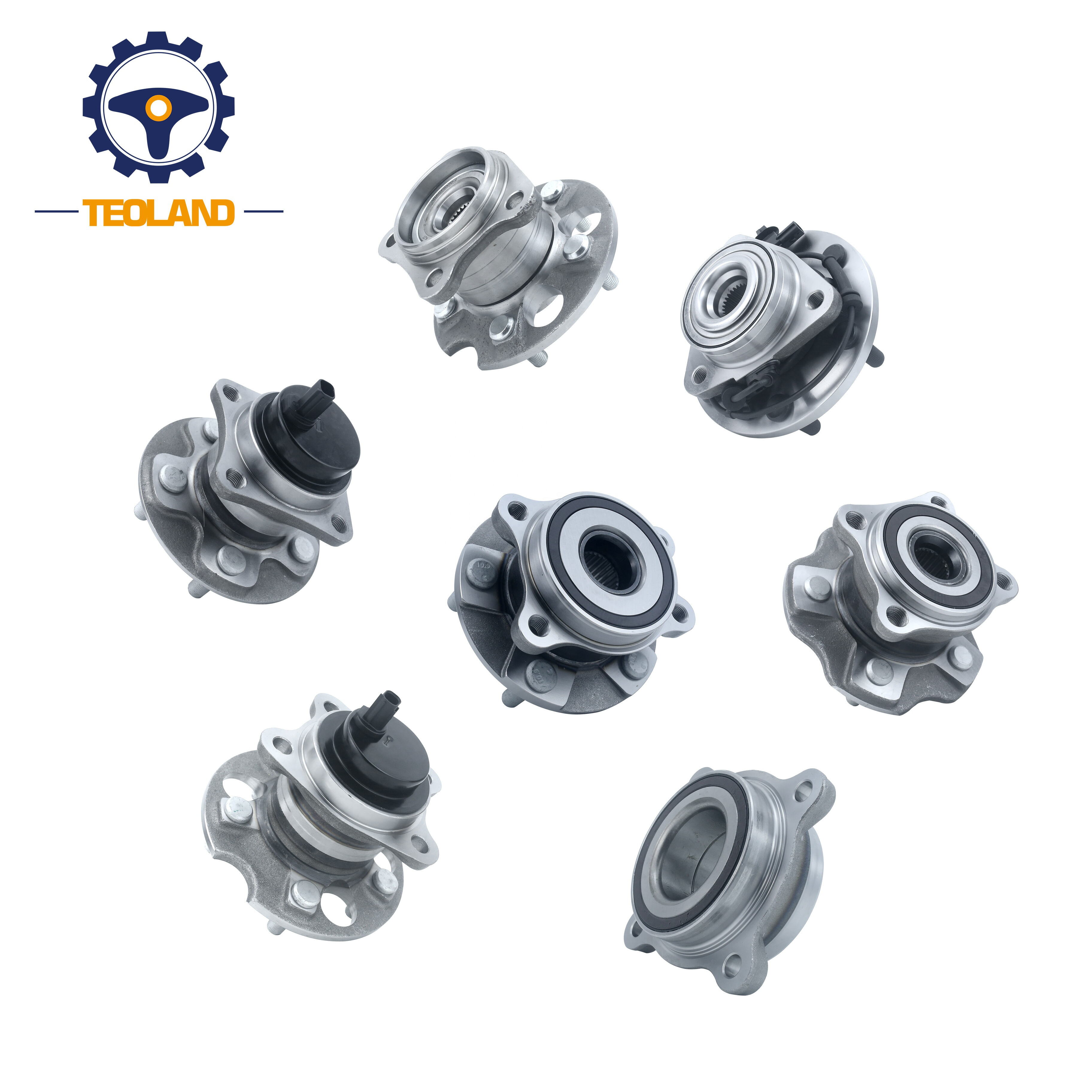Turbochargers provide a substantial increase in power and efficiency for automotive and industrial engines. Turbochargers shove more air into the combustion chamber, which allows for more fuel to burn and thus more horsepower with only a small increase in engine size. The sentry gets deep into types of turbochargers and examines which type could be used most effectively in each of the industries.
Introduction
A turbo (also known as turbocharger) is a forced induction system that harnesses exhaust gases to spin a turbine that drives a compressor to up the amount of air that enters the cylinder head. So the technology has matured to support different levels of performance with different types of technology. Whether from a engineer, mechanic or hobbyist, basic knowledge of the different classes and their purpose is important.
Types of Turbochargers
Single Turbochargers
Standard Single Turbo: The most common type of turbocharger, used in many diesel vehicles, it has a very simple design making it easy to manufacture, install, and diagnose while also being cost effective. Often, it is used for light-duty vehicles and small engines.
Normally the Single Turbo includes a Wastegate with a chance to prevent Over-boosting (which destroys an engine) by diverting exhaust gases – regulating pressure.
Twin Turbochargers
Simultaneous parallel twin turbos → Both turbos operate together → More linear power delivery and less lag → Best for performance
Sequential Twin Turbos — This is one turbo at low RPMs and both at higher RPMs for speed low-end torque and top-end power.
Twin-Scroll Turbochargers
These type of turbochargers channel the exhaust into two independent scrolls thus reducing turbo lag and increasing throttle response, thus they're often favored for high performance applications such as cars and trucks.
VGT (Variable Geometry Turbochargers)
These are turbochargers with VGTs that carry out airflow control by adjusting the guide vanes, providing a broad area of operation and excellent response, especially for diesel engines.
Electric Turbochargers
This e-turbo uses an electric motor to drive the compressor, all but removing turbo lag and enabling instantaneous boost — a particularly helpful trait for hybrids and EVs.
Compound Turbochargers
Multi-stage Turbocharging Many high-boost systems use two or even multi-stage systems, especially in heavy-duty applications such as larger commercial vehicles and marine applications.
TARGETED-USAGE OF TURBOCHARGERS
Single Turbochargers
Light-Duty Vehicles: Best for everyday cars here; these offer a power and efficiency boost while avoiding too much mechanical complexity.
Low Number of Cylinders: Single turbochargers are a benefit for low displacement engine sizes where the relative lack of complexity and cost burden of a dual setup is advantageous, even though a dual system is certainly simpler to tune.
Twin Turbochargers
Motorsport: Parallel is a massive increase in power, sequential provides a wide power band, win-win for race cars.
Big Displacement: Twin turbos can deal with the higher extents of exhaust movement from these hugs, conveying the marginally required help for huge drive applications.
Twin-Scroll Turbochargers
Performance Cars: They provide faster response and lower lag, making better driving experience.
Trucks & SUVs — This segment needs the low-end torque from twin-scroll turbochargers for towing and off-road capability.
VGT Turbo: Variable Geometry Turbocharger
Diesel engines: In diesel engines they are even more beneficial because they increase low-speed torque and reduce turbo lag.
Gasoline Engines: They can also improve the performance of gasoline engines by providing a more responsive boost.
Electric Turbochargers
For electric vehicles: e.Turbos provide highly dynamic variable peak power and increased system efficiency – the perfect addition to electric motors.
Car Tech's Next Big Thing — Electrifing Turbochargers In An Electrified Future The industry has an electrification future in front of it, and this component could do wonders to make that performance-fortifying future happen.
Compound Turbochargers
Unsurprisingly, one of the most common applications of compound turbochargers is in heavy-duty commercial vehicles, where the monstrous boost levels and stump-pulling torque often seen from the 2,500-pound engines in massive trucks and buses is a daily necessity during even the most strenuous of workdays.
Compound Turbochargers Needed in The Field: Marine & Industrial Memel Read More — These applications demand the high power and high reliability compound turbochargers can deliver.
Advantages and Disadvantages
However, each has its advantages and disadvantages. Single (the least expensive option, but also prone to lag) Better performance than twin turbos, but opens the door to more potential issues. But VGTs are pricier and provide a broader operating range. The thing is, for normal (non-electric) turbochargers, they take a bit more work in this respect as they are inherently somewhat late to the party (unless you're talking about an electric turbo where the filter is pulled to electrically fire the turbo when a certain point is reached, in which case it would be like a dragon puffing). They deliver a huge amount of power but in a big and complex package.
Future Trends in Tech Development
Thanks to improvements in material science, the future for turbochargers is a bright one, with lighter and more durable components. Likewise, electric turbochargers, which can take loads off the ICE and provide quick and instant power, has a land of development especially around integrating with BEVs making them even more capable. Moreover, with environmental issues on the rise, the emphasis on increasing efficiency with lesser emissions will fuel the development of the turbocharger technology.
Conclusion
Turbochargers are a technology that can never be cast into one envelope. There is a purpose for everything, from single A/R turbos to compound systems. In a changing automotive market that continues to demand both performance and efficiency, the role played by turbochargers is only going to grow. Familiarity with the different types and their applications – vital information here for aspirants keen to to maximize the employment of braking and its benefits using forced induction at the engines.
 EN
EN
 AR
AR
 FR
FR
 KO
KO
 PT
PT
 RU
RU
 ES
ES


